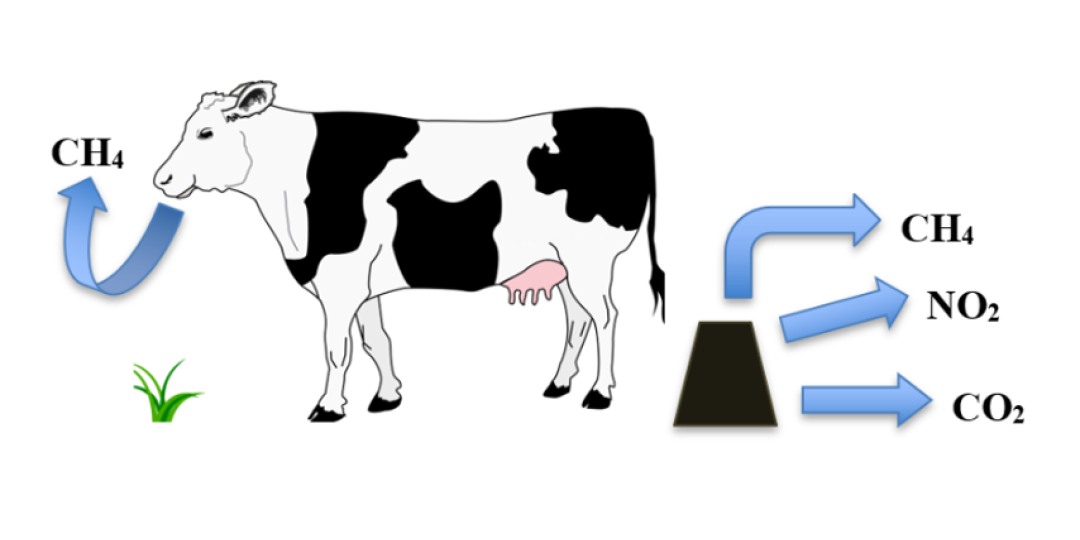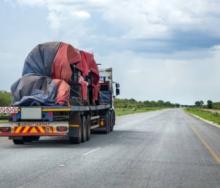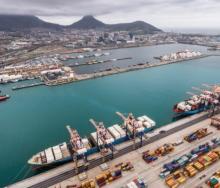The agriculture sector accounts for 11% of South Africa’s greenhouse gas emissions, but setting mitigation targets under the Climate Change Bill, which is poised to be signed into law, may prove challenging.
This is because, unlike other big polluting industries such as transport and mining, agriculture consists of a multitude of small and medium-size entities that contribute towards greenhouse gas emissions, says Annelize Crosby, head of legal intelligence at the agriculture business chamber Agbiz.
In terms of a draft sectoral emissions target (SET) report published by Barbara Creecy, Minister of Forestry, Fisheries and the Environment in April, seven government departments are required to develop SETs. They are the departments of Agriculture, Land Reform and Rural Development, Trade, Industry and Competition, Energy, Mineral Resources, Human Settlements, Transport and the Environment, Forestry and Fisheries.
Each government department must implement policies and measures to guide the respective economic sectors towards meeting the targets.
“Most of the companies in the (agriculture) sector are likely too small to be allocated company level carbon budgets,” says Crosby. “Hence, the policies and measures under the Sectoral Emission Targets (SET) will play a key role in mitigating emissions from the sector.”
The report states that 68% of agriculture’s emissions in 2022 was enteric fermentation, caused by livestock. This was 9% lower than in 2000, due to a drop in livestock numbers.
Fuel consumption by the cropland sector was the other big contributor to greenhouse gas emissions.
Crosby says clarity is needed on whether SETs would be based on the sector’s ability to reduce emissions through the adoption of new technology, or whether it would require subsectors to downscale their activities. “The latter would not be reasonable,” she says.
Trade-offs between sectors would also be necessary, “as the realistic mitigation potential differs between economic sectors”.
“How will the sector’s emissions be reduced if we rely on coal-powered power stations and diesel-powered trucks to transport inputs and products? Much of the sector’s emission potential is therefore outside of its control. Is the target premised on the existing sector’s footprint or does it allow for new entrants? We are still at the beginning phases of this effort but answers to the questions outlined above must be found in the process,” she says.













